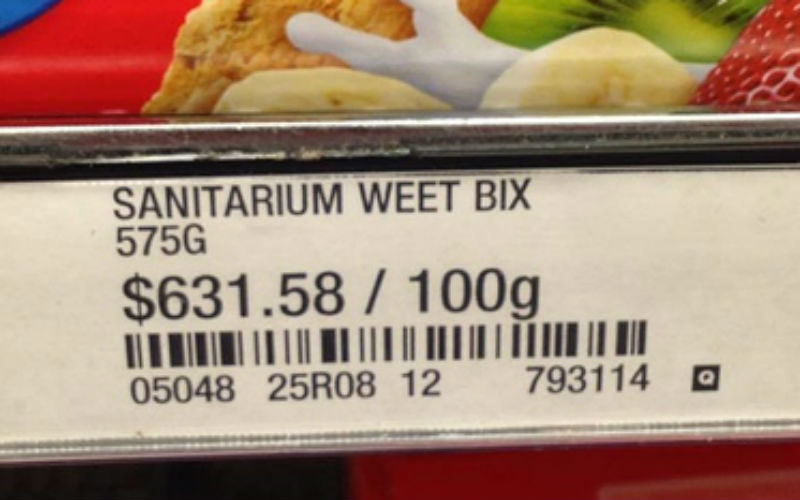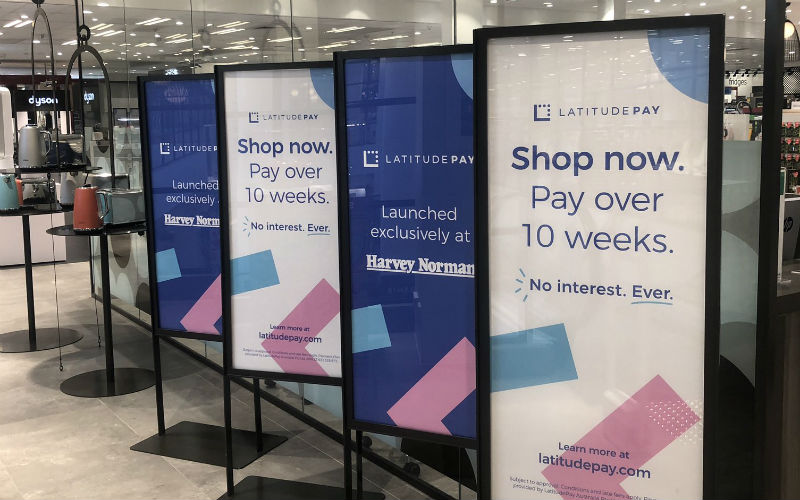Unit pricing is the labelling system which represents the cost of goods per standard unit of measurement (such as price per 100ml or price per kilogram) to help shoppers understand which goods are more affordable.
Consumer advocate body CHOICE surveyed 1,033 adults across Australia on what they thought of the system, nearly ten years since it became compulsory for large grocery stores and online grocery retailers in December 2009.
The results of the survey reported 76% of people who are aware of unit prices use them regularly, and 86% would like to see unit pricing in other stores.
Under the current regulations, only food stores 1,000 square metres or larger that sell a specific range of product categories are required to display unit pricing on shop labels, although some products (e.g. stationary and garden equipment) are exempt.
A majority of grocery shoppers wanted unit pricing introduced in:
- chemists and pharmacies (66%)
- convenience stores (55%)
- smaller grocery retailers (54%)
In its report, CHOICE called for unit pricing to be expanded to other places where packaged goods are sold, such as hardware stores, pet stores and stationery stores.
“The minimum area indicator should be reduced from 1000m2 so that more stores can be captured under the Code. The 11 product categories that stores need to sell in order to fall under the Code is too large and should be reduced,” the report said.
Federal Treasury is currently conducting a survey of its own of consumers’ usage of grocery unit pricing as part of the Government’s review of the Grocery Unit Pricing Code.
This survey closes next week, on 28 February 2019.
CHOICE Food and Health Expert Linda Przhedetsky said the research findings couldn’t be clearer and urged Australians to take a few minutes to complete Treasury’s survey to “stand up to the supermarkets and their price tricks”.
“Australians value unit pricing and want to see it improved so that they can easily make comparisons in the supermarket,” Ms Przhedetsky said.
“The overwhelming majority of people find unit pricing helpful and it’s now up to the Government to update the rules to ensure that shoppers can compare prices whether they are in a hardware store, chemist or supermarket.”
Issues with unit pricing
Besides wanting to see it in more stores, there were a number of other issues some consumers had with the unit pricing, with 64% of respondents experiencing issues when trying to use it.
A key one was visibility, with some supermarket chains displaying unit pricing in smaller font sizes or placing labels in ways that make them difficult to see or read.
Others included different units of measurement being used for the same
CHOICE called for the Unit Pricing Code to set standards for the legibility of unit prices, such as having a minimum font size, and require grocery websites to allow consumers to sort products by unit pricing.
For feedback or queries, please email dominic.beattie@savings.com.au
Image: Supplied (CHOICE)



 Harrison Astbury
Harrison Astbury
 Denise Raward
Denise Raward


 Emma Duffy
Emma Duffy

